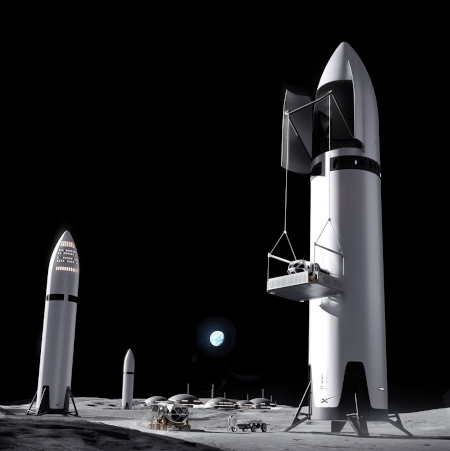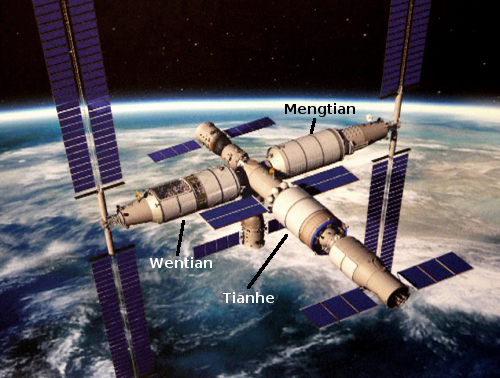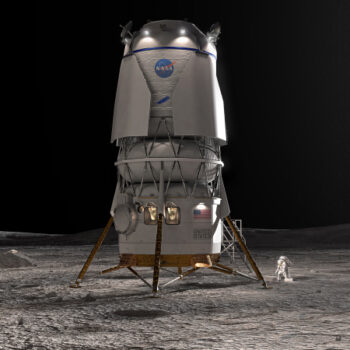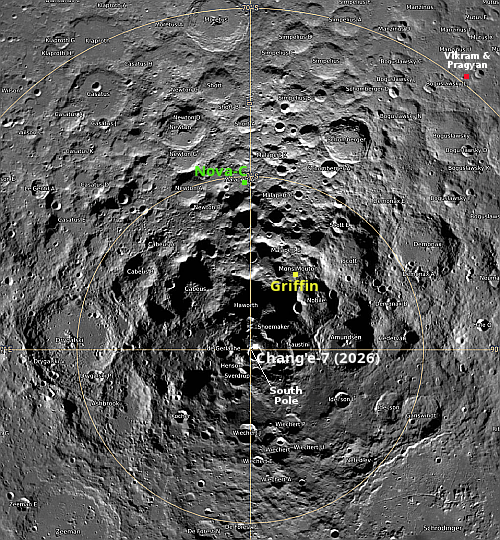SpaceX: Starship will be going to the Moon, with or without NASA

SpaceX’s artist’s rending of Starships on the Moon.
Click for original.
In what appears to be a direct response to the claim by NASA’s interim administrator Sean Duffy that SpaceX is “behind” in developing a manned lunar lander version of Starship, SpaceX today posted a detailed update of the status that project, noting pointedly the following in the update’s conclusion:
NASA selected Starship in 2021 to serve as the lander for the Artemis III mission and return humans to the Moon for the first time since Apollo. That selection was made through fair and open competition which determined that SpaceX’s bid utilizing Starship had the highest technical and management ratings while being the lowest cost by a wide margin. This was followed by a second selection [Blue Origin’s Blue Moon lander] to serve as the lander for Artemis IV, moving beyond initial demonstrations to lay the groundwork that will ensure that humanity’s return to the Moon is permanent.
Starship continues to simultaneously be the fastest path to returning humans to the surface of the Moon and a core enabler of the Artemis program’s goal to establish a permanent, sustainable presence on the lunar surface. SpaceX shares the goal of returning to the Moon as expeditiously as possible, approaching the mission with the same alacrity and commitment that returned human spaceflight capability to America under NASA’s Commercial Crew program.
The update then provides a list of the testing and engineering work that SpaceX has been doing on the Starship lunar lander, including full scale drop tests simulating lunar gravity, qualification of the docking ports, and the construction of a full scale mock-up of the Starship cabin to test its systems.
A close list of the work done is actually not that impressive, but at the same time this is not surprising. SpaceX is now mostly focused on getting Starship into orbit, proving it can be refueled there, and proving it can fly for long enough to get to the Moon. This part of the update was most exciting, as it confirms what I have suspected for next year’s flight program:
» Read more










